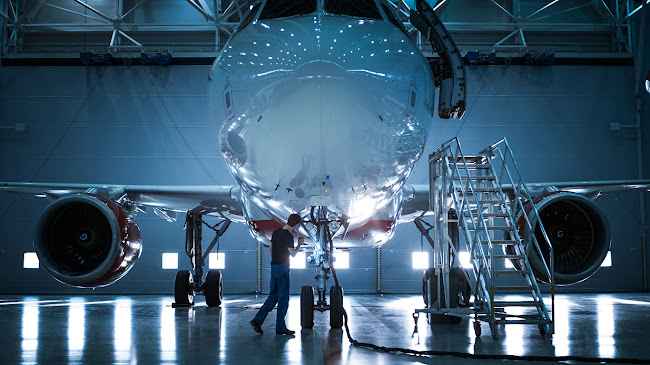Lars Winkelbauer Insight for Virtual Reality and Augmented Reality Solutions for Aviation Industry
Everyone can see the rapid speed of virtual Reality (VR) and Augmented Reality (AR). It is a powerful weapon also fitted as a game-changer to the aviation industry. However, a wide range of industries are experimenting with this technology to streamline operations, train staff and improve capabilities. With Lars Winkelbauer, we will look for solutions for the aviation industry.
 |
| Lars Winkelbauer Insight for Virtual Reality and Augmented Reality Solutions for Aviation Industry |
There are various cases, and we will discuss them one by one:
Aircraft inspection training
Virtual reality training in airlines and ground handling helps to improve aircraft inspection abilities in very secure settings. However, virtual reality (VR) for aviation inspection provides training on a variety of aircraft inspection circumstances on all kinds of aircraft to remove the possibility of an operational failure. Teams using the headgear are positioned on a visual airside where they can visually inspect a virtual aircraft on an apron or cargo bay and engage with virtual aircraft reproductions.
Flight deck training
The pilot and co-pilot, who occupy the cockpit of the aircraft, are members of the flight deck crew. Virtual reality component task trainers serve to familiarize flight deck personnel with the cockpit and teach them the skills they need to respond swiftly to even the most challenging circumstances. Pilots can acquaint themselves with the cockpit controls and various circumstances they may encounter while flying by using a virtual environment and head-mounted displays (HMDs).
Cabin crew training
The work of the cabin crew is not only to provide comfortable seats to passengers. But they are also responsible for the safety of passengers. The cabin crew needs to ensure that all equipment like flashlights, life vests, and extinguishers are available in flight and working well too. They must keep an eye out for any smoke and questionable passenger conduct within the cabin. Furthermore, before takeoff, flight attendants must also perform all safety procedures. Because of the immersive VR technology, cabin crew members can make mistakes during virtual training and grow from them, which improves their performance while working on-site.
Training for MRO and aircraft repair
MRO professionals and aviation mechanics can now learn to inspect various aircraft parts without ever leaving their desks thanks to virtual and augmented reality. With their portable RHEA kit, which includes a virtual reality headset, touchpads, and infrared cameras, Airbus, one of the biggest aircraft manufacturers, is utilizing virtual reality technology to enable its mechanics to check and repair airplanes in a fully realistic setting.
 |
| Lars Winkelbauer Insight for Virtual Reality and Augmented Reality Solutions for Aviation Industry |
In this blog, you have learned how AR/VR brings solutions to the aviation industry. Lars Winkelbauer's knowledge and experience in the aviation industry will help you a lot. However, you can also approach Winkelbauer for more knowledge and solutions in the aviation industry.



Comments
Post a Comment